A publisher’s trade is in words. Or is it?
When readers pick up a book, they’re seeking more than letters on a page. Regardless of genre, a book that is eye-catching, beautiful, and uniquely packaged promises an experience that will be remembered long after the cover is closed. Such books often find a coveted place on the shelf.
But making beautiful books isn’t easy, nor is it necessarily cost-effective. How can publishers decide whether to invest in beautiful books, and how can they turn a profit on their investment?
Why Beauty?
“When you design a book, you are not only presenting words on a page, but you are also creating an experience, one that you hope will invite readers in and make them feel comfortable,” says Patagonia Books publisher Karla Olson. At Patagonia, she explains, “beauty in nature is a core brand aesthetic,” so it’s only natural that the company prioritizes beauty in its titles.
But all publishers have reason to attend to a book’s aesthetics. When a book is beautiful, it also has staying power. “The ones that stick with us have triggered a memory,” says Collective Book Studio founder Angela Engel, who also oversees the PubWest design awards. “We’re keeping things that feel special, that we can’t find everywhere.”
In that respect, design embellishments such as dyed spines, special finishes, foil covers, and sprayed or speckled edges aren’t bells and whistles, Engel says. Incorporated thoughtfully into the design, these embellishments can help a book stand out in the marketplace.
In the digital age, beautiful print books are generating more interest than ever. Author-publisher Jamie Dalton points out that while she and many readers in her audience are mostly e-book readers, they buy print books as “trophy copies.” These trophy books aren’t necessarily coffee table books. In Dalton’s catalog, they’re trade paperbacks.
As Leanna Weller Smith of Weller Smith Design affirms, beauty transcends genre. “Recently, there has been a surge in indie productions where resellers take a popular book series and turn an ordinary hardcover or paperback into a unique collectible edition and resell them with custom boxes, indie art, and more,” she says. “They are stunning works of art. Traditional publishers are paying attention and starting to follow in their footsteps to create special editions that have all the fun features like sprayed edges and cool cover finishes.”
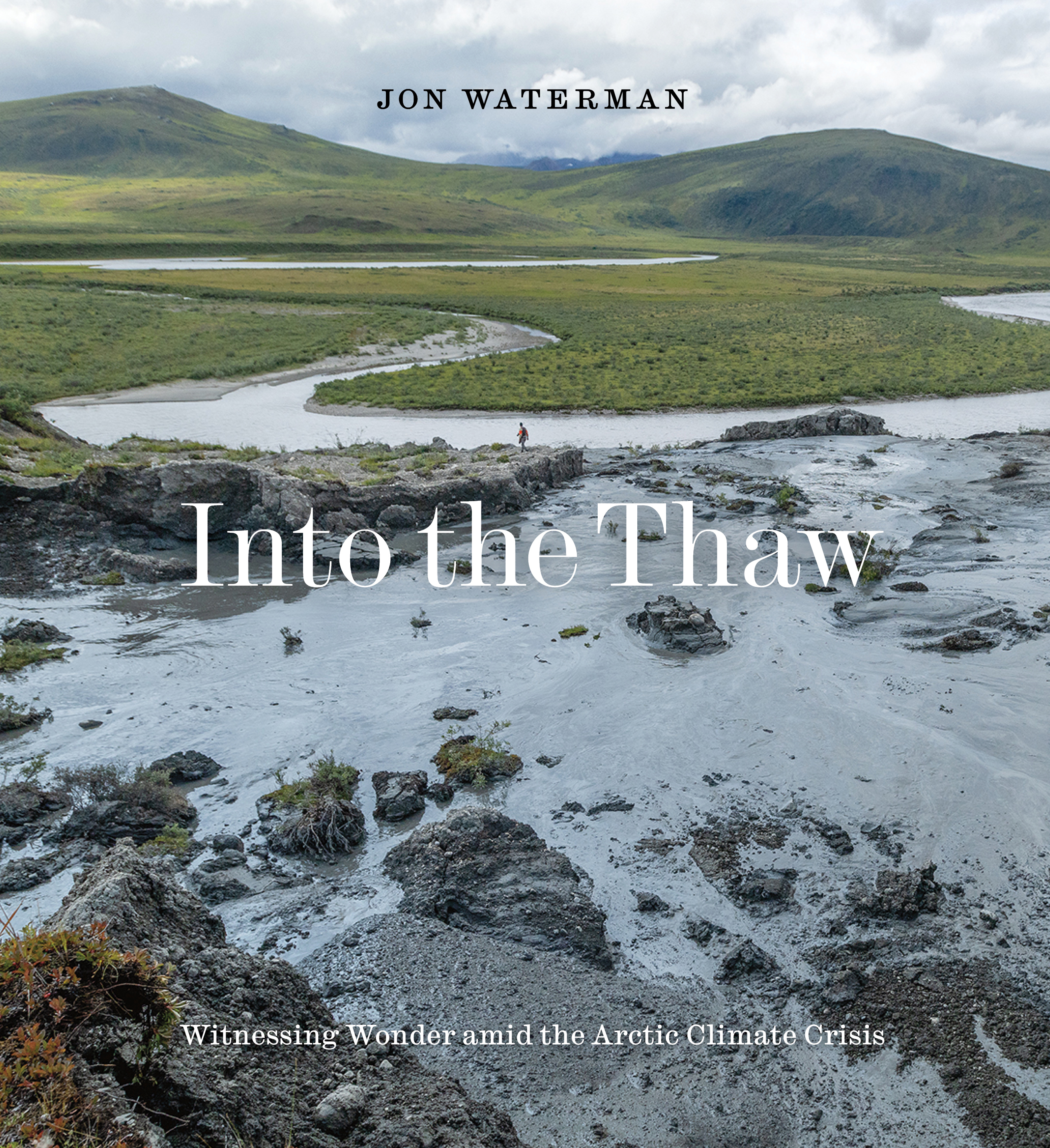
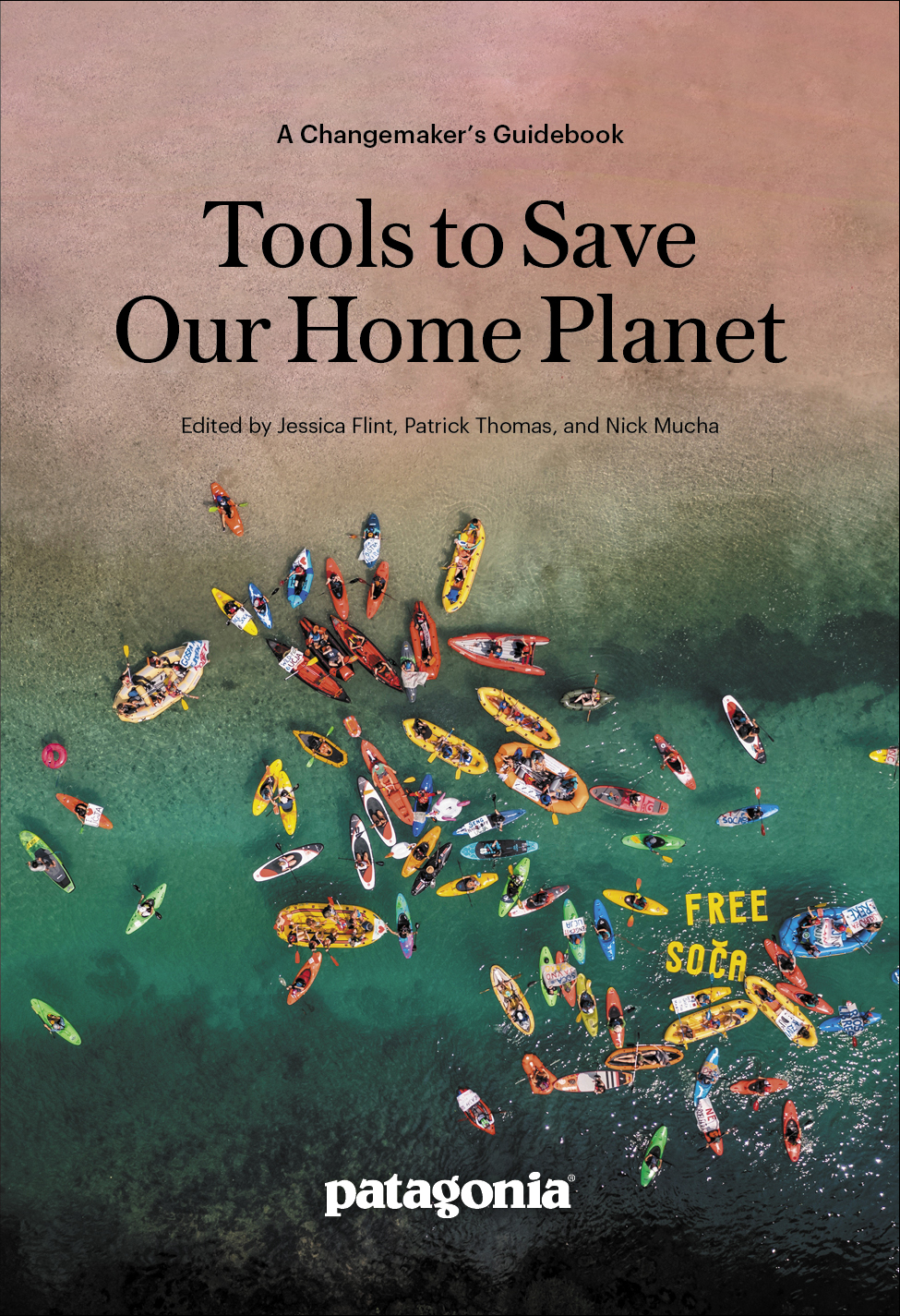

What Makes a Book Beautiful?
The aesthetics of a beautiful book reinforce its function, purpose, and market appeal. Its cover design is a key component, but it’s far from the only feature contributing to a book’s beauty.
As Olson points out, the goal of a book cover is to attract readers. Brand alignment matters, too. “Clean, simple aesthetics and using beautiful photography are core to the Patagonia brand,” she says. “We want to indicate to the reader that although many of the subjects we publish books about are difficult, we also strive to celebrate and cherish aspects of the subject.” With a nod to sustainability, Patagonia no longer jackets its books.
For today’s market, covers need to appeal to readers who shop online. “In the age of online shopping, a scaled-down digital book cover must be just as enticing and easy to read as a full-size cover,” Smith says. “At that small size, the title treatment and photography or art choices are very important when viewing on your desktop or phone.”
There’s a place for beauty in bookstore shelving, too. “The spine is the only differentiator for the majority of the books you will see when you peruse the aisles,” Smith says. “We have designed spines with bold, colorful typography with a background color that allows the title to pop, and others with an image in the spine, a debossed texture, or a unique treatment for it to stand out among the others.”
At Green Writers Press, publisher Dede Cummings focuses on continuity in her covers. “We emphasize typography and layout in our cover design. We balance our front cover design with the spine and the back cover, sometimes wrapping the front cover art, or cloning and creating a similar feel of artwork for the back cover,” she says. “Our cover designs follow through to the interior of the book, or vice versa, for additional continuity. We try to envelop the reader in the world of the book.”
Beyond the cover, judges for the PubWest design awards consider a book’s format, layout, typography, jacket, materials, and production quality. That requires paying attention to components such as binding and endpapers, Engel says, along with layout and what she calls “the subtle effects,” including how the design is married to the book’s content and purpose.
When aesthetic and functional concerns clash, Engel urges publishers to consider the problem from multiple angles. For example, if a subtitle doesn’t work with the design, a conversation within the publishing team can help determine which element needs to change. “Maybe it needs a reading line or a marketing burst instead,” she says. “Or maybe the subtitle actually works.”
In her work as a cover and graphic designer, Dalton incorporates visual tropes into her book designs to ensure her aesthetics assist in reaching the right audience. “I’ve done several books that have done really well,” she says. “One has gold foil, art on the case laminate, recipes in the back, sprayed edges, and a little bee that flies when you flip the pages. Another has purple foil on the case laminate and the dust jacket, sprayed edges, a recipe in the back, a reversible dust jacket, and art on the case laminate with the foil.”
She produced the latter book in two iterations, a hero version and a villain version with a design featuring villain art and black pages with white ink. “I had many readers buy both versions,” she says.
Indeed, market appeal is part of a book’s beauty. “Think about what your audience will want over just what you want,” Dalton says.
While Patagonia emphasizes visual elements, Olson points out that a book can be beautiful without photos or illustrations. “Carefully selecting an appropriate typeface for a book and then paying attention to the details of format and layout can also create a wonderful, cherishable book,” she says. “It just takes thought and reflection on the experience you want to create.”
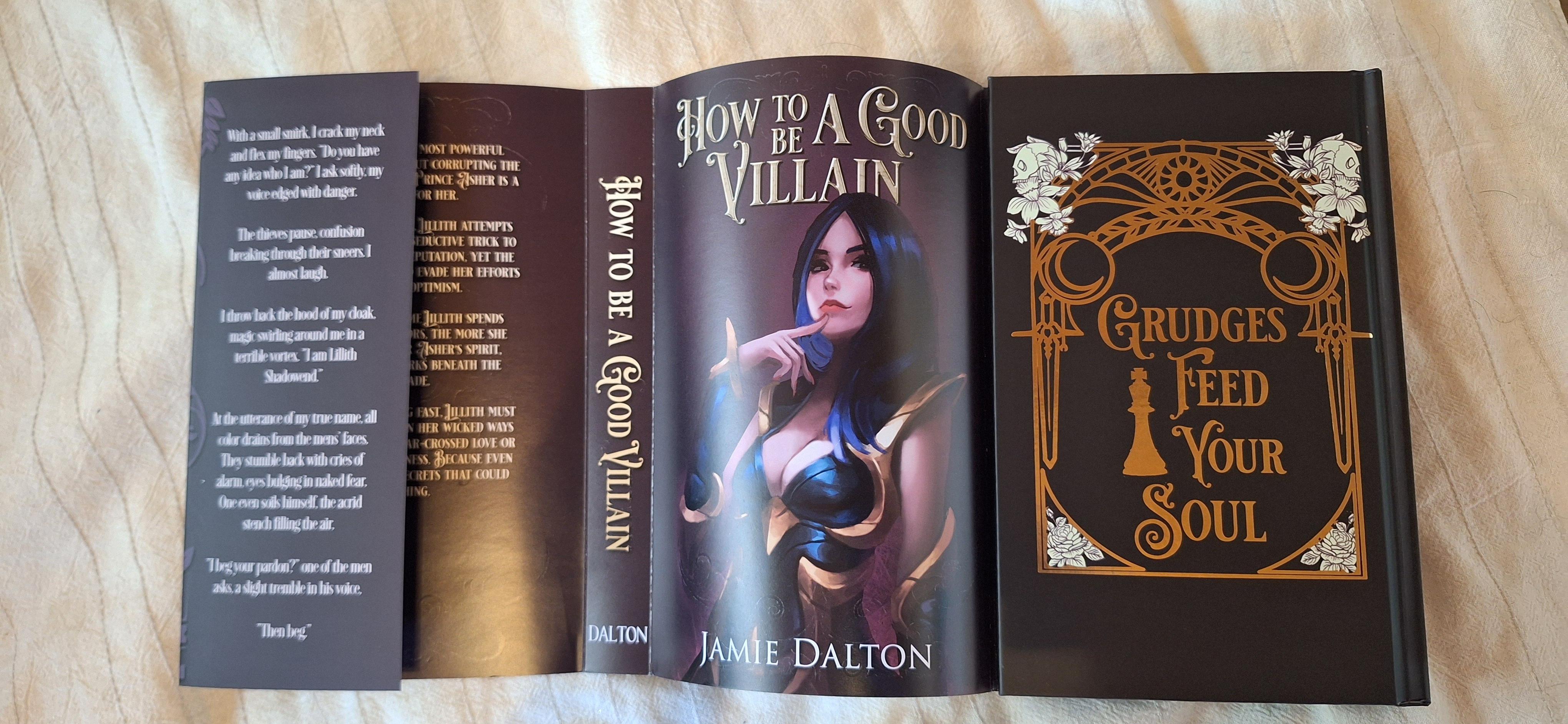
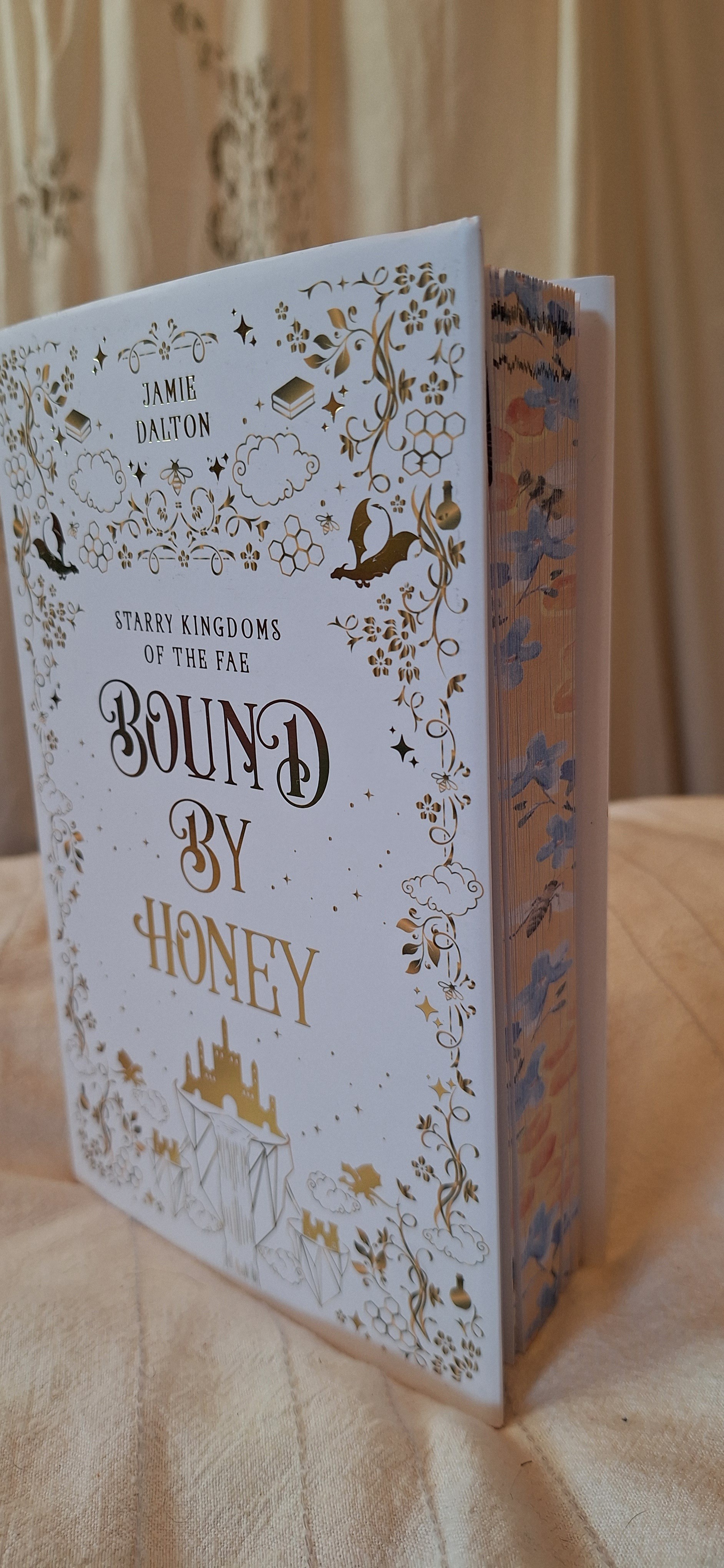
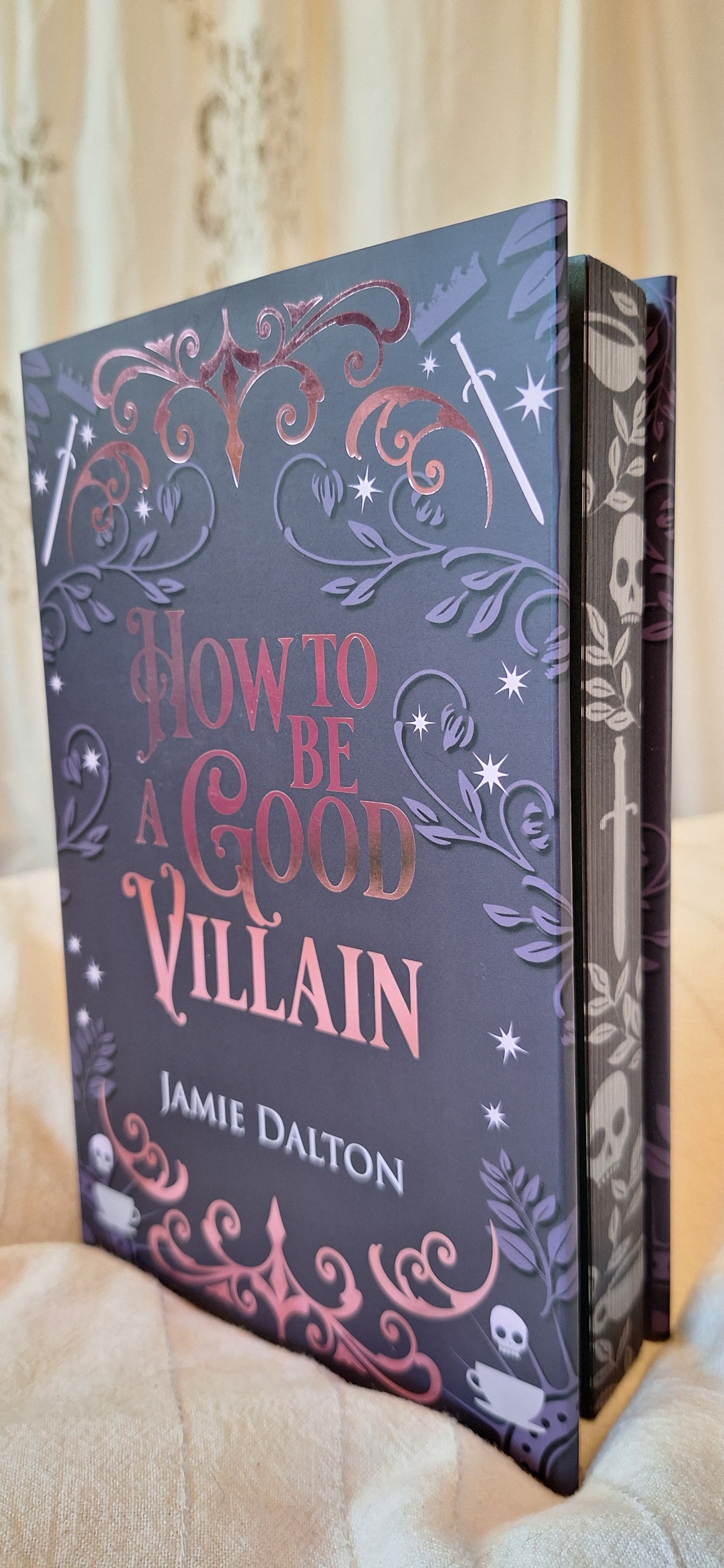
The Process
Creating beautiful books requires time, ingenuity, and expertise. The process begins with gathering ideas and articulating the project’s goals.
For the ideation phase, Smith suggests perusing a variety of books to see which styles and treatments resonate with the project. “Look at gift books, special editions, and stationery,” she says. “Notice the layout, the type styles, and the paper. There is inspiration everywhere.”
In addition to surfing brick-and-mortar shelves, Smith recommends online resources such as Creative Market, which features graphics, templates, and illustrations for print products; Pinterest for book design ideas; and the Reedsy blog for articles and guides on book production. When working with clients, Smith says she spends “a lot of time” understanding their goals for the book and how those goals align with their budget. To capture the full scope of the vision, she creates a mood board for each project.
As a cautionary note, Smith warns against using too many design embellishments. “We have fallen into the trap where we want to include all the things, but when the proofs come back, we quickly remember that less is more,” she says. “It ultimately comes down to being strategic regarding what will make the end product feel special to the consumer without overdoing it.”
When considering a book’s design, Cummings looks closely at the genre and the market. For Green Writer’s photographic study, The Orchard, the market allows for a higher price point to accommodate design features that contribute to its appeal. “The price is $40, and even though it is a paperback, it has a special sewn binging, a linen-textured cover, and thick, matte-coated, recycled interior paper,” she says.
For beautiful results, Cummings recommends working closely with the printer. “Do a press check on-site if you can, ask for printed proofs and a bound dummy book, and do a scatter proof of the artwork on the selected paper if possible.” In keeping with the company’s values, Green Writers prints its beautiful books sustainably with either 100% post-consumer waste (PCW) paper or a Forest Stewardship Certified (FSC) paper.
As with many aspects of publishing, collaboration is key. To create its beautiful books, Patagonia relies on a team of editorial and design experts. “We each bring different perspectives to the discussion, and we challenge each other to come up with the best design to invite the reader into the book,” Olson says.
The team starts by addressing why they want to produce a visually rich book, says Patagonia’s book designer Christina Speed. Once they’ve settled on the project’s vision and design, the next step is to build a workflow, schedule, and budget that accommodates “the additional effort good visuals require,” she says.
When scheduling, consider that unique, memorable books aren’t made overnight. “To create and produce beautiful books, there must be enough time allocated for full proofing and printing without rushing the process,” Cummings says.
Printers have their limitations, but as Dalton points out, they have much to contribute to the process. “Don’t be afraid to ask printers if they can do something unusual,” she says. “Sometimes the answer will surprise you.”

The Cost of Beauty
Beautiful books come with a cost in both time and money. When budgeting, Engel suggests publishers ask themselves who their beautiful books are for and figure out the top end of what that market will bear.
“In a perfect world, we could afford to include all the special finishes, specialty paper, and production tricks that our hearts desire,” Smith says. “But sometimes cost limitations can force you to think outside the box to come up with creative solutions that are more cost-effective in the long run.”
Patagonia prints its books in full color, which Olson admits could be cost-prohibitive for many publishers. A project’s budget also includes compensation for contributing photographers and book designers. “You can’t create a beautiful book without working with an experienced book designer,” she says. “We’re not likely to find that person on Fiverr.”
There’s also a time cost to producing beautiful books. “Identifying, researching, sourcing, creating, and licensing visuals is a significant undertaking,” Speed says. But for Patagonia, part of the payoff is in brand alignment. “Patagonia’s respect for the material is apparent, and the value of the book is greatly enhanced by its design and production quality,” she says.
With a small press, Cummings admits that budgeting for beautiful books can be a challenge. “Our model is a trade paperback original, but we can make the paperbacks feel good in your hands by using uncoated, textured cover stock,” she says. “We pay extra for all of this, and it goes right out of our profit margin.”
When costs are beyond the company’s reach, authors have chipped in to cover the additional design and production costs. “I always ask our authors what their goal is because making money with a small press is a challenge,” Cummings says. “But making a beautiful book is an art.”
One of Green Writers’ author-supports projects is Mason Goes Mushrooming, which won an IBPA “New Voices” award. “Many readers have commented on the beautiful book with a linen cover with front cover stamping, a full jacket, and vibrant colors inside and out,” Cummings says. “We printed 10,000 copies sustainably, and we have sold through about 5,000, so we are at the break-even point. Since the author helped financially, we split the royalties 50/50.”
In funding her beautiful books, Dalton has found success with Kickstarter. For one project, she says she generated $50,000 in revenue on “a book that had never been read yet by anyone.” Printing problems caused delays and cut into her profit margins. Still, “in the long run, it’s paying off,” she says.
The Best Product
With unique features contributing to their sensory appeal and the overall reader experience, beautiful books have much to offer. Produced in an intentional, thoughtful manner, they integrate aesthetics and functionality, adding value for both readers and publishers.
To create beautiful books, publishers are using their characteristic ingenuity to tap resources and offset additional costs. The payoff goes beyond the bottom line. “The whole point for any creator is that you want the best product out there and the most readership,” Engel says.
Done right, beautiful books achieve just that.
Deb Vanasse is the author of dozens of published books. She works as a freelance editor and is an author-publisher at Vanessa Lind Books.